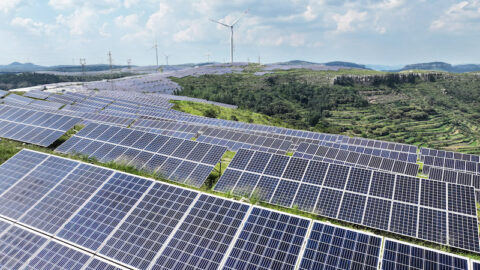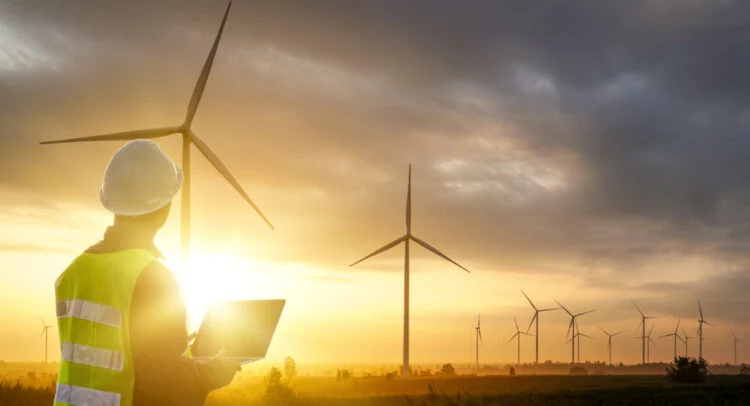
Africa’s Renewable Energy Momentum: Q3 2025 Insights from Akili Energy
In Q3 2025, Akili Energy tracked 94 renewable energy project updates across more than 20 African countries — representing nearly 10.8 GW of new potential capacity. Our analysis reveals a continent on the move: hybrid solar-plus-storage projects are gaining ground, mega hydropower investments are reshaping regional grids, and early-stage solar developments are laying the foundation for Africa’s clean energy future.
Africa’s energy landscape is evolving faster than ever. Across the continent, governments, utilities, and private developers are reshaping power systems around renewables — not just as a climate imperative, but as a driver of industrial growth and energy security.
During the third quarter of 2025, this momentum became especially visible. New announcements, financial commitments, and construction milestones highlighted how renewable energy is moving from aspiration to implementation.
94 project updates reported between July and September 2025 — spanning over twenty countries and representing nearly 10.8 GW of new or planned capacity were analysed. The analysis reveals a continent in motion: early-stage solar projects multiplying across regions, large hydro and wind developments gaining traction, and hybrid solar-plus-storage systems emerging as a new standard for reliability and grid flexibility. Together, these trends signal that Africa’s renewable energy sector is entering a new phase — one defined less by pilot projects and more by scalable, interconnected systems.
A Growing, Yet Early-Stage Pipeline
The data reveal a vibrant but still maturing project pipeline. Around 60% of total capacity remains at proposal or early-development stages — a sign of strong momentum but also of the challenges ahead in turning announcements into operational assets.
So far, 28 projects are already operational, while another 2.8 GW are classified as ready-to-build, suggesting steady progress toward construction.
This composition illustrates a continent in motion — ambitious, increasingly organized, but still in need of stronger regulatory frameworks and reliable financing to accelerate deployment.
Hybrid Solar-Storage Projects on the Rise
One of the most notable trends this quarter is the rapid rise of hybrid solar-plus-storage systems.
Nearly one-third of total capacity now integrates battery energy storage (BESS), reflecting a global shift toward grid-stabilizing, flexible renewable assets.
Hybrid systems are proving their value by mitigating intermittency, reducing curtailment, and enhancing project economics.
Projects such as Redstone CSP + PV + BESS in South Africa, Noor Midelt III in Morocco, and the Ferke Hybrid Project in Mauritania embody this evolution.
Energy storage is no longer peripheral — it’s becoming a cornerstone of Africa’s energy transition, complementing solar and hydro resources.
Mega-Projects Shaping the Continent’s Energy Future
Alongside smaller distributed initiatives, several large-scale projects continue to dominate investment flows and headlines.
Mozambique’s Mphanda Nkuwa (1.5 GW) — backed by a US$1.4 billion World Bank commitment — positions the country as a future regional electricity hub.
Ethiopia’s Grand Renaissance Dam (5.15 GW), inaugurated in September 2025, stands as Africa’s largest hydro project to date.
In Zambia, the Lufubu Hydropower Project (163 MW) will help eliminate load-shedding in the north, while South Africa’s Carissa Wind Project (1 GW) will power the Coega green ammonia complex.
These projects underscore the continent’s capacity to develop transformative infrastructure, while highlighting the continued importance of concessional finance and public–private partnerships.
Aligning with Global Renewable Trends
Africa’s trajectory increasingly mirrors that of mature renewable markets.
In Europe, falling solar PPA prices (around €34/MWh) are driving investors toward hybrid projects that combine generation and storage.
In Australia, grid-scale battery capacity expanded by almost 3 GW in a single quarter, cutting gas use during evening peaks by 11% and showcasing how storage enhances grid stability.
Africa’s growing portfolio of hybrid projects reflects a similar recognition — that flexibility and resilience are essential to scaling renewables sustainably.
Looking Ahead
The Q3 2025 findings highlight both the scale of Africa’s ambition and the work still to be done.
Turning the continent’s 10.8 GW pipeline into operational assets will require stronger policy alignment, bankable power purchase agreements, localized supply chains, and greater private-sector participation — particularly in energy storage and hybrid systems.
If these enablers converge, Africa could move from being an emerging market to a global reference point for integrated, resilient clean energy growth.

